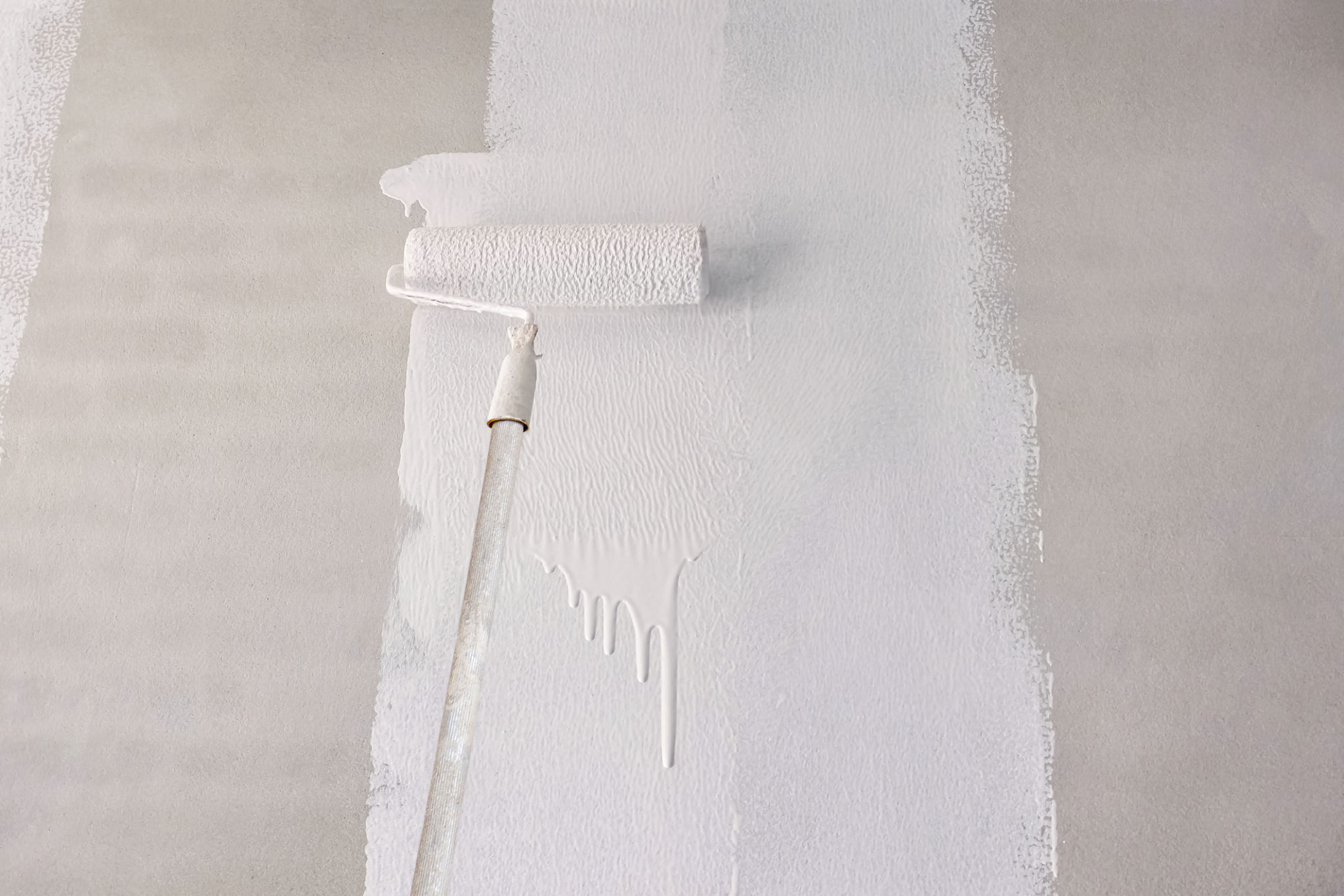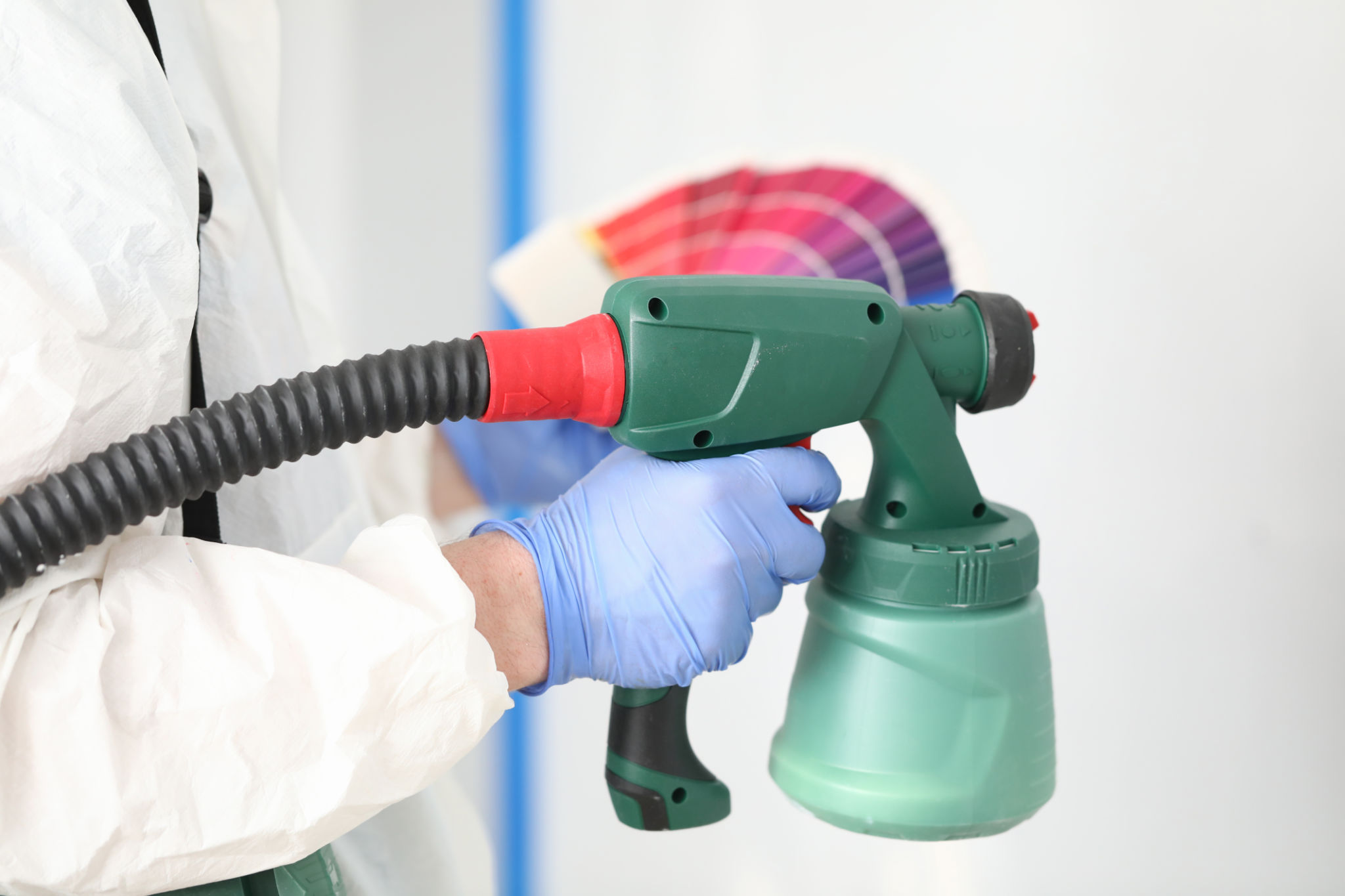5 Common House Painting Mistakes and How to Avoid Them
Introduction to Common Painting Mistakes
Painting your home can be a rewarding experience, transforming your space with color and character. However, even the most enthusiastic DIYer can fall prey to common painting mistakes. Understanding these pitfalls and knowing how to avoid them can help ensure a smooth and successful project.
Skipping the Prep Work
One of the most frequent missteps is neglecting proper preparation. Skipping prep work can lead to uneven finishes and paint that doesn't adhere well. It's crucial to clean the surfaces, patch holes or cracks, and use painter's tape to protect edges. Dedicate time to sanding surfaces for a smooth base before applying primer and paint.

Choosing the Wrong Paint
Selecting the right paint type and finish for your project is essential. Interior paints are not designed for outdoor use, and vice versa. Additionally, different finishes like matte, satin, or gloss serve different purposes. Consider the room you're painting and its usage when choosing paint. For example, high-traffic areas may benefit from a more durable finish like satin or semi-gloss.
Ignoring Primer
Primer is often overlooked but plays a critical role in achieving a professional-looking paint job. Primer helps paint adhere better to surfaces and covers imperfections. It also provides a neutral base for your chosen color, ensuring it appears vibrant and consistent. Skipping primer can lead to an uneven color and reduce the longevity of your paint job.

Using Low-Quality Tools
The quality of your brushes and rollers can significantly impact your results. Cheap tools might seem like a good way to save money, but they often result in streaky finishes or shedding bristles stuck in the paint. Investing in high-quality painting tools pays off in the long run with a smoother application and better coverage.
Applying Too Much or Too Little Paint
Finding the right balance in paint application is crucial. Applying too much paint can result in drips and an uneven finish, while too little can cause poor coverage. Follow the manufacturer’s instructions regarding coverage and drying times, and always apply at least two coats for the best results.

Conclusion: Achieving a Flawless Finish
Avoiding these common painting mistakes can make all the difference between a mediocre and a stunning transformation. Take the time to properly prepare, choose the right materials, and follow best practices for application. With careful planning and execution, you can achieve a flawless finish that enhances your home’s aesthetic appeal.
Whether you're a seasoned painter or a first-time DIYer, keeping these tips in mind will help you avoid frustration and ensure your painting project is a success.